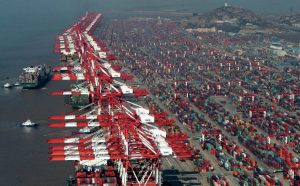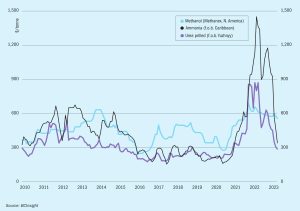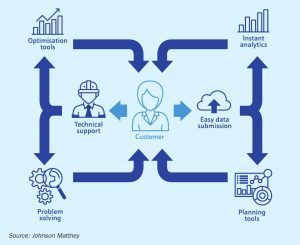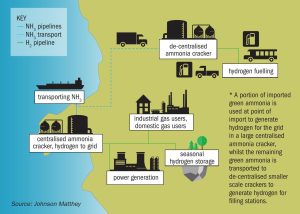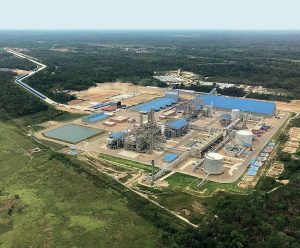On March 20th this year, just as this issue was going to print, the UN Intergovernmental Panel on Climate Change (IPCC) issued its Synthesis Report, one of its 5-7 yearly comprehensive assessments of how the world’s climate is changing and what needs to be done to ameliorate it. In spite of all of the progress that has been made since the 5th Synthesis Report in 2017, the IPCC notes that: “the pace and scale of what has been done so far, and current plans, are insufficient to tackle climate change.” While the body believes that keeping warming to 1.5°C above pre-industrial levels is still possible, it is not likely unless work to decarbonise proceeds more rapidly. In particular, the IPCC suggests that CO2 and equivalent emissions need to fall by 43% by 2030 compared with 2019 values, and 60% by 2035 to achieve this goal.
